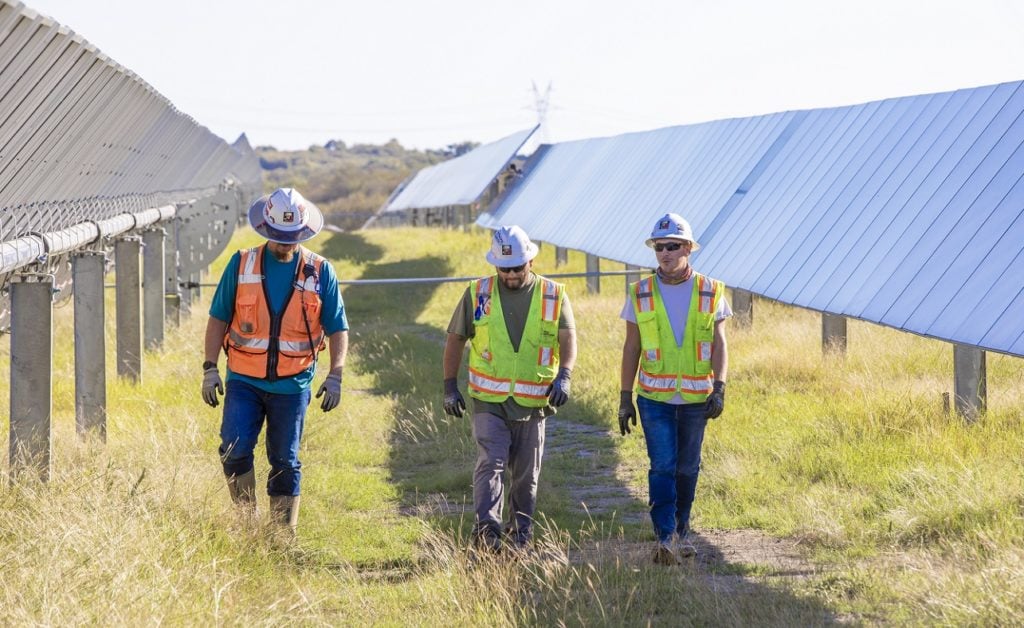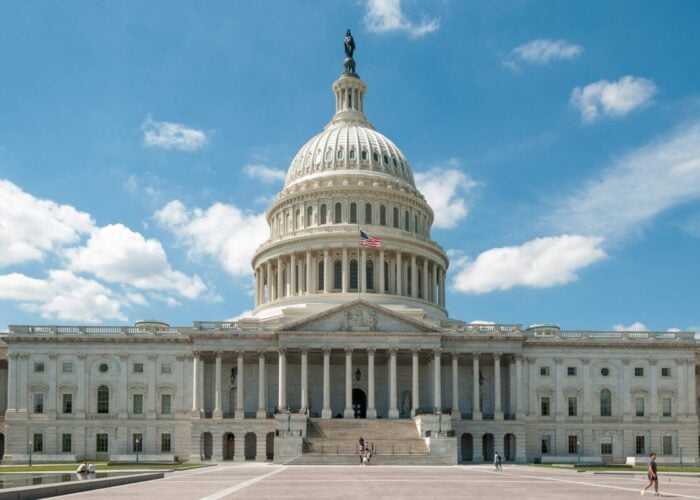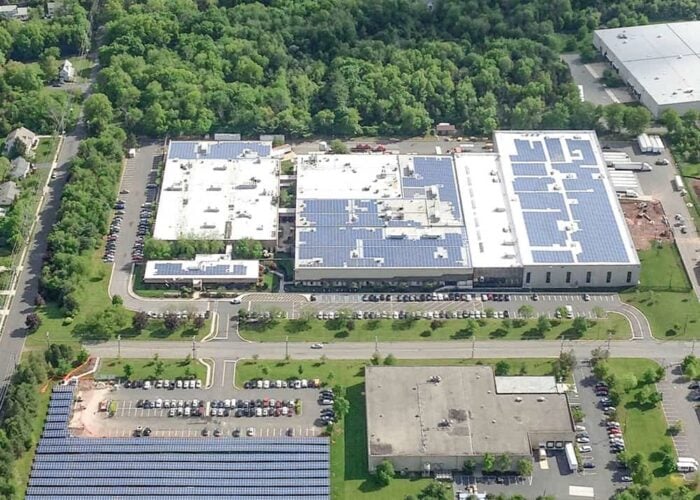
The Internal Revenue Service (IRS) has issued a wage and apprentice guidance under the Inflation Reduction Act (IRA) that is set to start for US projects initiated in 30 January 2023.
For projects or a “facility”, as described by the IRS, to receive the increased credit or deduction amount it will need to meet the prevailing wage and apprenticeship requirements.
Unlock unlimited access for 12 whole months of distinctive global analysis
Photovoltaics International is now included.
- Regular insight and analysis of the industry’s biggest developments
- In-depth interviews with the industry’s leading figures
- Unlimited digital access to the PV Tech Power journal catalogue
- Unlimited digital access to the Photovoltaics International journal catalogue
- Access to more than 1,000 technical papers
- Discounts on Solar Media’s portfolio of events, in-person and virtual
Or continue reading this article for free
After Joe Biden signed the IRA into law last August, the IRS has published on 30 November its guidance that will be applied 60 days after its notice in the Federal Register, and thus projects started before 30 January 2023 would be exempt of the new guidance.
The same principles used since 2009 to qualify for tax credits on renewable energy projects set by the IRS will determine if a project was under construction in time.
The full guidance document of the IRS can be seen here.
There are two methods described by the IRS to establish if a project or facility has started, one is on a physical capacity of “a significant nature” – which excludes any preliminary activity such as planning and design among others – or by paying or incurring 5% or more of the total cost of the facility.
In terms of payments, the 5% would be considered as incurred if the equipment or service has been delivered, or if the payment was made before the deadline and the goods or service are to be delivered within three and a half months after the payment.
In general, projects will have to be finished within four years after the year of construction starts, except for projects on federal and Indian land that will have 10 years to be completed.
Some of the changes introduced with the IRA also include work realised once a project has been completed and if it requires to be repaired or altered for the next five to 12 years would require the workers to be paid the same “prevailing wages” that are paid on federal construction jobs.
Meanwhile, qualified apprentices must be used between 10% to 15% of total labour hours. For projects that started construction before 1 January 2023 it would be 10%, while 12.5% for those started in 2023 and 15% for those started after 31 December 2023.
At least one apprentice must be employed for any “construction, alteration or repair” work when four or more individuals are employed for said work, unless the project in question is unable to find a qualified apprentice.
Furthermore, in order to satisfy the “Prevailing Wage Rate Requirements”, taxpayers have to keep records that can prove the required wages were paid to the according rate set by the US Department of Labor which will vary depending on the job and location.
Whether work under operation and maintenance (O&M) would qualify under the “alteration or repair” and thus be subject to the guidance may require interpretation by the US Department of Labor, according to Norton Rose Fulbright. Since in the Section 3 of the guidance the term “construction, alteration, or repair” means “construction, prosecution, completion, or repair”.







